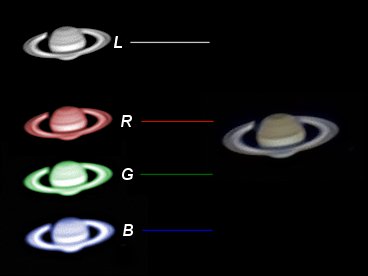Io, or Jupiter I, is the innermost and third-largest of the four Galilean moons of the planet Jupiter. Slightly larger than the Moon, Io is the fourth-largest moon in the Solar System, has the highest density of all of them, and has the lowest amount of water (by atomic ratio) of any known astronomical object in the Solar System. It was discovered in 1610 by Galileo Galilei and was named after the mythological character Io, a priestess of Hera who became one of Zeus's lovers.
With over 400 active volcanoes, Io is the most geologically active object in the Solar System.[10][11][12] This extreme geologic activity is the result of tidal heating from friction generated within Io's interior as it is pulled between Jupiter and the other Galilean moons—Europa, Ganymede and Callisto. Several volcanoes produce plumes of sulfur and sulfur dioxide that climb as high as 500 km (300 mi) above the surface. Io's surface is also dotted with more than 100 mountains that have been uplifted by extensive compression at the base of Io's silicate crust. Some of these peaks are taller than Mount Everest, the highest point on Earth's surface.[13] Unlike most moons in the outer Solar System, which are mostly composed of water ice, Io is primarily composed of silicate rock surrounding a molten iron or iron sulfide core. Most of Io's surface is composed of extensive plains with a frosty coating of sulfur and sulfur dioxide.

Júpiter es el quinto planeta desde el Sol y el más grande dentro del Sistema Solar. Júpiter está clasificado como un gigante gaseoso junto con Saturno, Urano y Neptuno.
Júpiter está compuesto principalmente de hidrógeno con un cuarto de su masa de helio; es posible que tenga un núcleo rocoso compuesto de elementos más pesados. Júpiter presenta una forma esférica achatada a causa de su
rápida rotación. Se aprecia su atmósfera exterior dividida en varias bandas a diferentes latitudes, con turbulencias y tormentas interactuando en sus bordes. Un elemento destacado es la Gran Mancha Roja, una tormenta
gigante. Rodeando el planeta se encuentra un tenue anillo planetario y un fuerte campo magnético. Hay además al menos 64 satélites, incluyendo las cuatro lunas más grandes llamadas Galileanas gracias a su descubridor, Galileo Galilei, en 1610.
Ío es el satélite galileano más cercano a Júpiter. Es el tercer satélite por su tamaño, tiene la más alta densidad entre todos los satélites y, en proporción, la menor cantidad de agua entre todos los objetos conocidos del sistema solar. Fue descubierto por Galileo Galilei en 1610. Recibe su nombre de Ío, una de las muchas doncellas de las que Zeus se enamoró en la mitología griega, aunque inicialmente recibió el nombre de Júpiter I por ser el primer satélite de Júpiter según su cercanía al planeta.
Con un diámetro de 3600 kilómetros, es la tercera más grande de las lunas de Júpiter. En Ío hay planicies muy extensas y también cadenas montañosas, pero la ausencia de cráteres de impacto sugiere la juventud geológica de su superficie.1Con más de 400 volcanes activos, es el objeto más activo geológicamente del sistema solar.2 Esta actividad tan elevada se debe al calentamiento por marea, que es la respuesta a la disipación de enormes cantidades de energía proveniente de la fricción provocada en el interior del satélite. Varios volcanes producen nubes de azufre y dióxido de azufre, que se elevan hasta los 500 km. Su superficie también posee más de cien montañas que han sido levantadas por la extrema compresión en la base de la corteza de silicatos del satélite. Algunas de estas montañas son más altas que el Monte Everest.3
A diferencia de la mayoría de los satélites externos del sistema solar, que se encuentran cubiertos de gruesas capas de hielo, Ío está compuesto principalmente de roca de silicato rodeando un núcleo de hierro derretido.
Esta imagen color se ha obtenido de la combinación de tresimágenes monocromo adquiridas mediante filtros R (rojo), G (verde) y B (azul).


